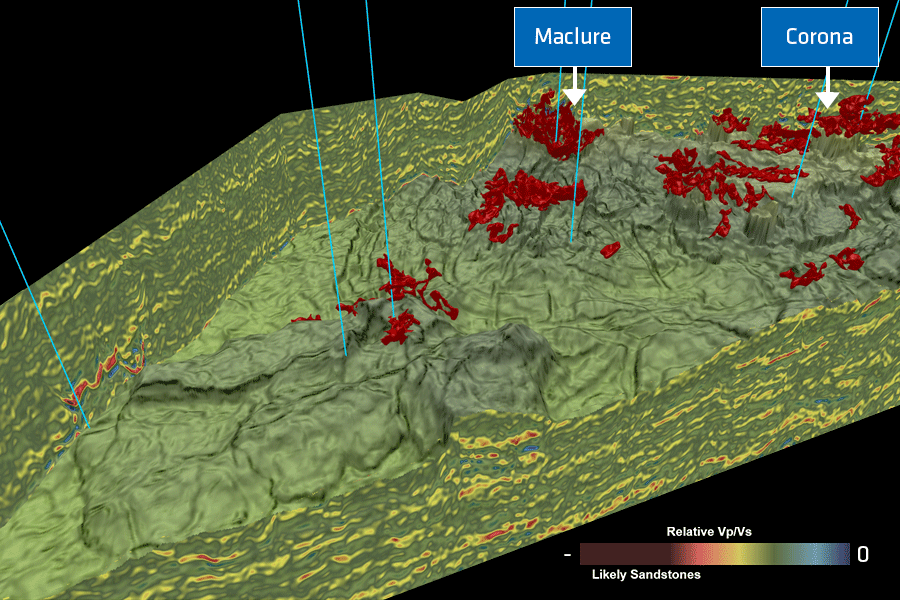The Challenge
Thin sand bodies called injectites are abundant in the area and have extremely high porosity and permeability making them potential targets with very high production rates. The challenge is that injectites are thin, difficult to resolve and require detailed prestack broadband GeoStreamer processing and characterization.









